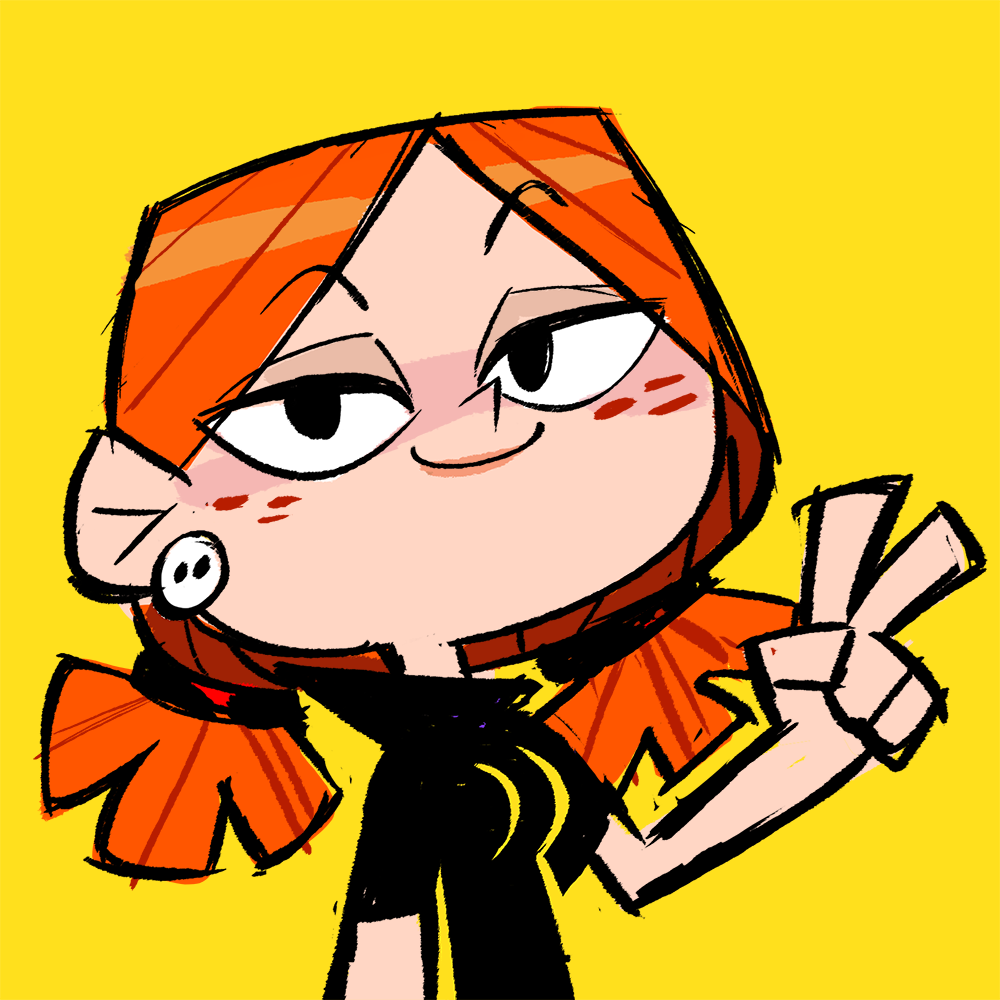

You need to click directly on one of the edges. In the Camera view, the camera is represented by a thin frame. In the Top, Side or Camera view, select the camera (the large V-shaped cone) and move it to the desired position.Any frames preceding this keyframe cell will hold the same camera position as this keyframe. In the Timeline toolbar, click the Add Keyframe button.Ī keyframe appears in that cell. On the right side of the Timeline view, on the Camera Peg layer, select the frame at which you want the camera move to start.

In the Tools toolbar, select the Transform tool or press Shift + T.In the Tools toolbar, enable the Animate mode.You can unparent layers by holding down Shift and dragging the selected parents away from the child layer. Or delete the misplaced Peg layer, select the Camera layer and click the Add Peg button again. Select the Camera layer and drag and drop it under the new Peg layer.

If the new Peg layer did not appear directly above the camera, you may have clicked elsewhere in the scene, which deactivated the layer on which you want to add the Peg layer. The Peg layer automatically takes the name of the camera and adds the suffix -P to indicate that it is a Peg layer, for example Camera-P.
From the Layers toolbar, click the Add Peg button.Ī Peg layer appears directly above the Camera layer, which is automatically attached to it. In the Timeline view, select the Camera layer. If you don't already have a camera layer, do one of the following:įrom the top menu, select Insert > Camera.įrom the Layers toolbar, click the Add Layers button and select Camera.Ī new camera layer is added to the scene and appears in the Timeline view. While making camera moves, you can use the Top, Side, and Camera views. To animate the camera, you need to connect it to a peg layer. You can use the same tools and selection modes to offset or animate it, but the camera is a static object. The camera is treated the same way as any other element. The X axis is the east-west (left-right) direction, the Y axis is the north-south (up-down) direction and the Z axis is the forward-backward direction. Harmony uses this unit of measurement as its coordinate system.Ī field chart uses the cardinal directions. A specific grid has been created for this purpose known as a field chart. A field has a 4:3 ratio and measures 0.5 inches (12.7 mm) in width. In traditional animation, a scene's size and camera motion are calculated in fields. Harmony's core is based on the origins of animation. It is important to understand the coordinate values in Harmony. The default camera position is centred and backed up to 12 fields. Having the camera move on the Z-axis offers the possibility to create truck in and truck outs, as well as multiplane camera moves. 
In Harmony is a camera that can move along the X, Y, and Z axes.








 0 kommentar(er)
0 kommentar(er)
